Climate Icons
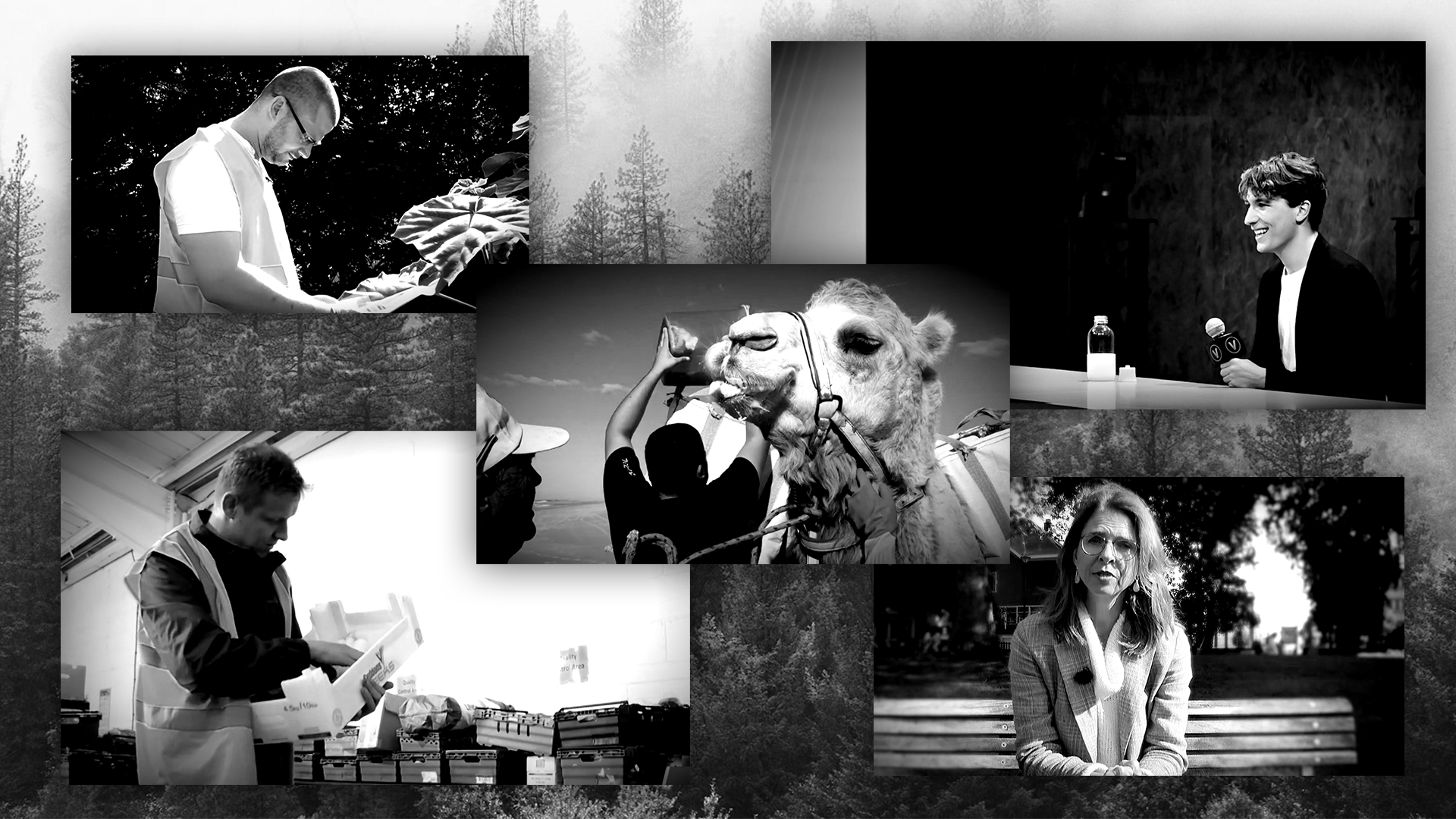
Climate change is no longer a threat but a reality, and each year a more deadly one. While governments and experts gathered at COP26 in Glasgow hoping to find a common future, citizens around the world are already doing their part to deliver solutions on the ground. We spoke to some of those dedicating their time and effort to create real change - the Climate Icons.
1
The young inventor that removes microplastics with a magnet
By Giulia Carbonaro in Ireland
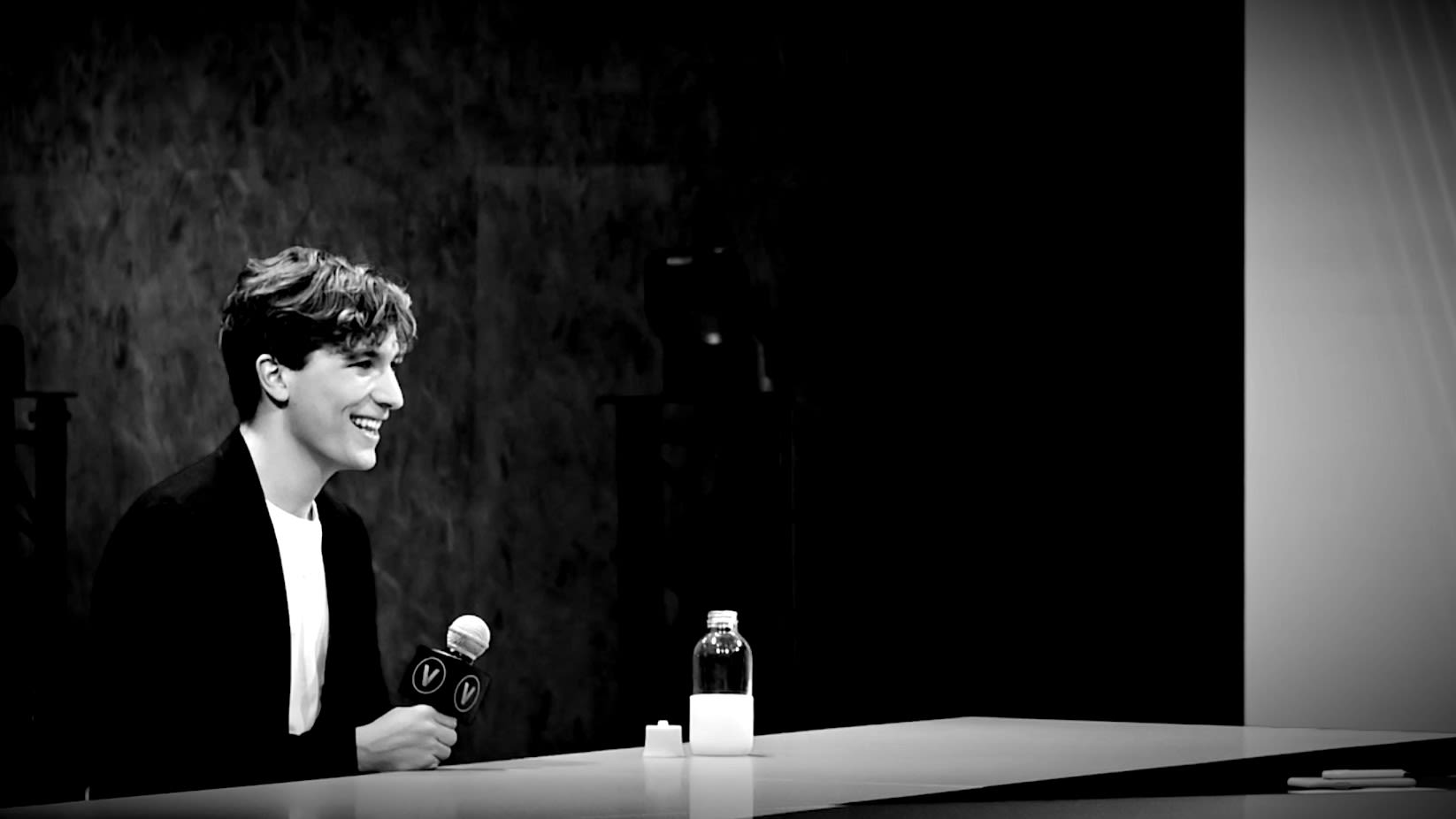

Fionn Ferreira was exploring the coast near his native West Cork, Ireland, when he first realized something was deeply wrong with the world around him.
Fionn's first love, from early childhood, was nature. The weather in the region wasn't always so clement as to allow excursions, but any day it didn't rain Fionn was outdoors – hiking, kayaking, sailing.
It was on one of these days that Fionn had the sudden realization of just how polluted the environment around him had become. While he and his dog India walked along the beach, the tide kept depositing all kinds of plastic waste on the shore.
What you should know about Fionn is that he's the kind of person who seeks solutions and jumps into action. And so that's the spirit he approached the issue with – and the solution seemed simple.
"For me, pollution looked like such a simple issue, in the sense that it's something that is man-made and where we know the source, or at least vaguely know the source," he says.
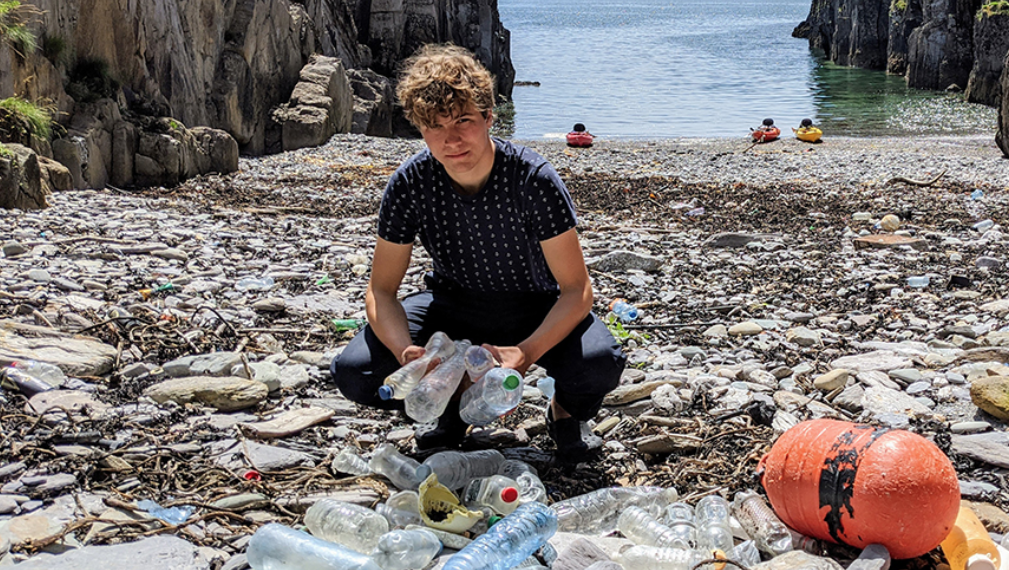
Some 350 million tons of plastic waste are produced every year, with an estimated 12.7 million tons ending up in our oceans. /Fionn Ferreira
Some 350 million tons of plastic waste are produced every year, with an estimated 12.7 million tons ending up in our oceans. /Fionn Ferreira
So he started counting the amount of plastic in the environment and collecting it, organizing beach cleanings that gathered the support of the local community.
"I kind of got a moment and I said, well, it's not really a problem if there's big plastic on the shore, right? It's just big, it's benign – that was my thought at the time," he says.
"It just lies there. It doesn't look nice, that's why I collect it. But it's not harming anybody. But I was so wrong because that big plastic is under the influence of constant sunlight and wind and being thrown against the rocks, which causes it to become brittle and break down into a dust, microplastics dust, super-tiny plastic particles, which were then getting into the oceans and the waters."
Things were so much worse than Fionn had initially sensed, but he still wanted to do something about it – a task that isn't easy when you live "in the middle of nowhere, like literally out in the sticks, as the Irish people call it."
Fionn didn't have the opportunity to go to a high-tech lab to monitor the microplastics in West Cork's coastline, so he built his own spectrometer – out of Lego, those same plastic bricks he used to play with on rainy days when he was little.
"I built a box out of Lego and that resulted in me looking at light sensors and finding microplastics in water," he explains.
"Actually, at first I thought my spectrometer had an error or an issue because it was getting really high readings of plastics. But I started noticing that this was not an issue with the spectrometer, this was actually plastic that was found inside the water.
"That's when I really realized there was a big problem. I thought, what if I could invent or try out some ideas, see if I could do something about it."
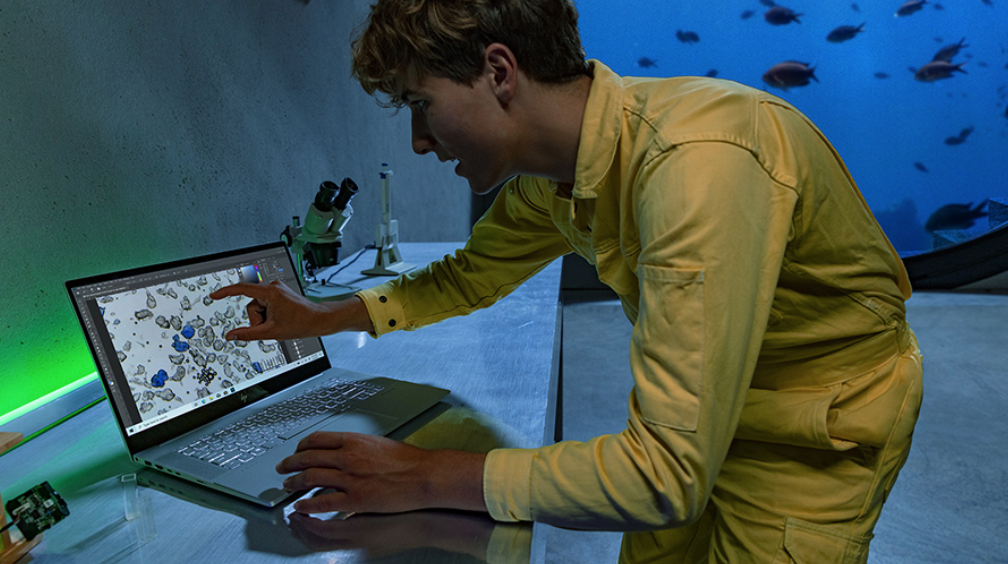
Up to 75 percent of marine litter is plastic, which represents a threat to marine life and people through the leaching of chemicals and degradation of it into microplastics. /Fionn Ferreira
Up to 75 percent of marine litter is plastic, which represents a threat to marine life and people through the leaching of chemicals and degradation of it into microplastics. /Fionn Ferreira
Fionn decided to take on the situation himself once again, and, in doing so, he invented a magnet that can collect microplastics right out of the water.
The invention works on the basis that when oil and plastic mix in water, plastic sticks to oil. So Fionn thought of making that oil magnetic – using iron oxide, one of the most common minerals in the Earth's crust, and therefore not harmful when spread in the sea.
The mixture of oil and magnetite powder attracts microplastics, and then a magnet can remove them from water.
"Of course, this raises the final question: What do you do with this gunk that comes out?" asks Ferreira.
"I can actually separate it again using what I used to take it from the water. If I put a really strong magnetic field, I can separate off the different elements. Plastic can be disposed of in a safe way."
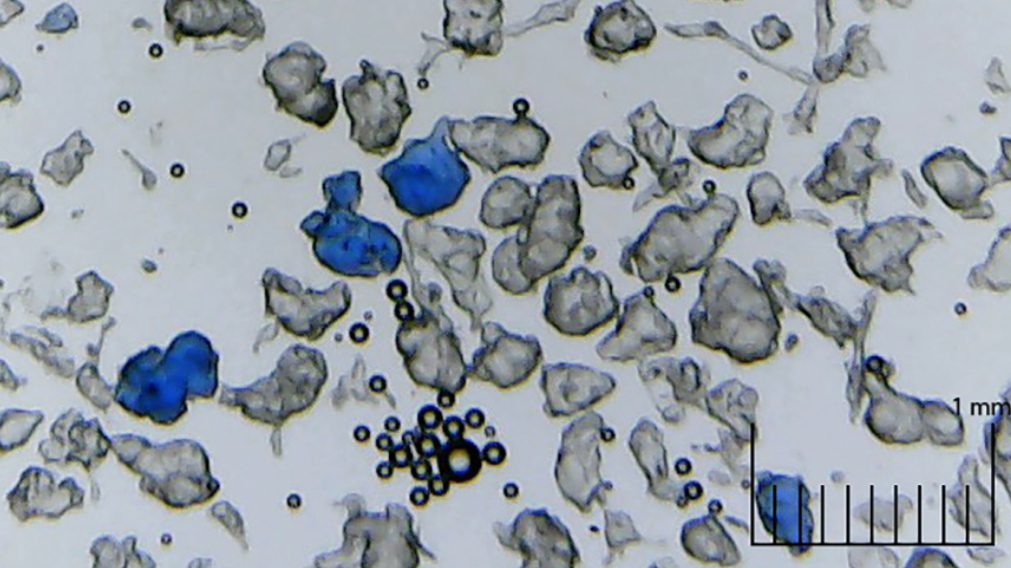
Microplastics are pieces of plastic less than 5mm in length. /Fionn Ferreira
Microplastics are pieces of plastic less than 5mm in length. /Fionn Ferreira
When he came out with this invention, for which he won the global grand prize at the Google Science Fair 2019, Fionn was only 18.
"I think we're at a wonderful time at the moment where the scientific community is more and more seriously taking into account the voices of youth and young inventors," he says.
"I think we do have an abundance of creatives and cool ideas to solve problems. We just don't yet have an abundance of people turning those ideas into actions.”
Fionn, now 20 and a chemistry student at the University of Groningen in the Netherlands, is trying to scale up production and commercialize his invention in the next two years.
"My startup is developing a device like this that can be used in your home to treat the water that you're going to drink," he says.
Research has found that people consume 5 grams of microplastics every week – the equivalent of eating a credit card. In a year, that number goes up to 250 grams of plastics ingested through contaminated water and food.
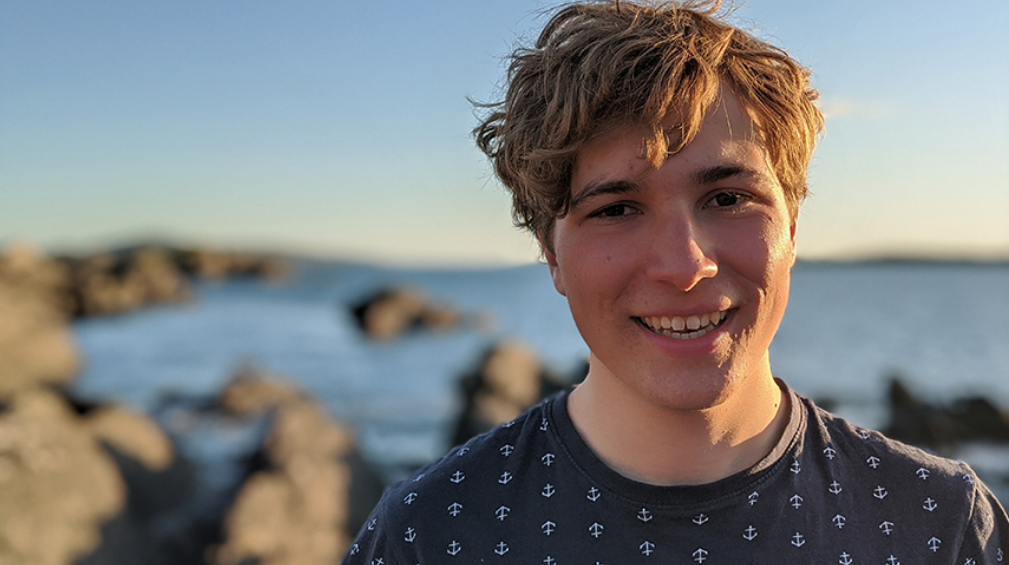
Fionn Ferreira has been a curator at the Schull Planetarium, Ireland, for three years, teaching educational science shows and coaching young climate activists. /Fionn Ferreira
Fionn Ferreira has been a curator at the Schull Planetarium, Ireland, for three years, teaching educational science shows and coaching young climate activists. /Fionn Ferreira
Fionn has even bigger plans for his invention. "I would rather it actually be used in the municipality where the water is being processed, but that's not the only place," he says.
"I also think it's important to remove microplastics from where the water is entering the sea – at wastewater treatment plants, for instance."
Fionn doubts that this will be the solution to the general problem of microplastics, which has reached even the most remote regions of the Arctic. But he thinks that's not a reason to not try and be part of the solution anyway.
"I believe that to really stop the micro plastic problem we have to stop using plastic, but even if we did stop using plastic today, we'll be struggling with microplastics in water for as long as we live."
2
The chef who wants to end food waste
By Giulia Cabonaro in Leeds, UK
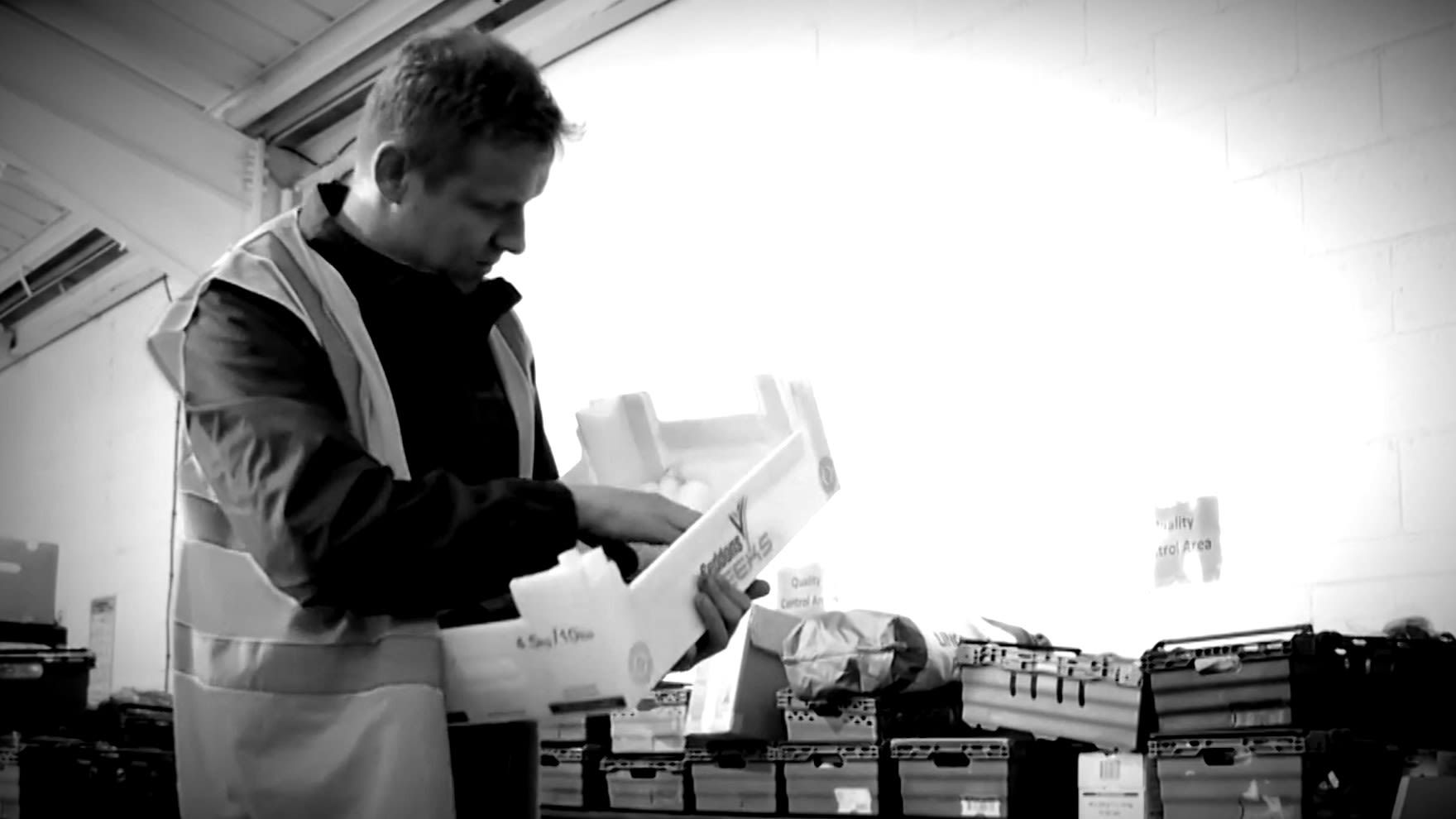

Adam Smith was standing in the middle of the Australian desert, 15,000 kilometers away from home, when he decided he was going to do something about the problem of food waste.
While working at a pig farm, he had noticed how the pigs were getting fed food that was perfectly fine for people to eat, but which ended up there because for the neighboring farms it was an unprofitable surplus.
"I kind of questioned why this perfectly edible food was being wasted, and the farmers explained to me the process of supermarkets canceling contracts on farmers," he recalls.
"And then I just said it - I said, I'm going to create The Real Junk Food Project, and it's going to feed the world."
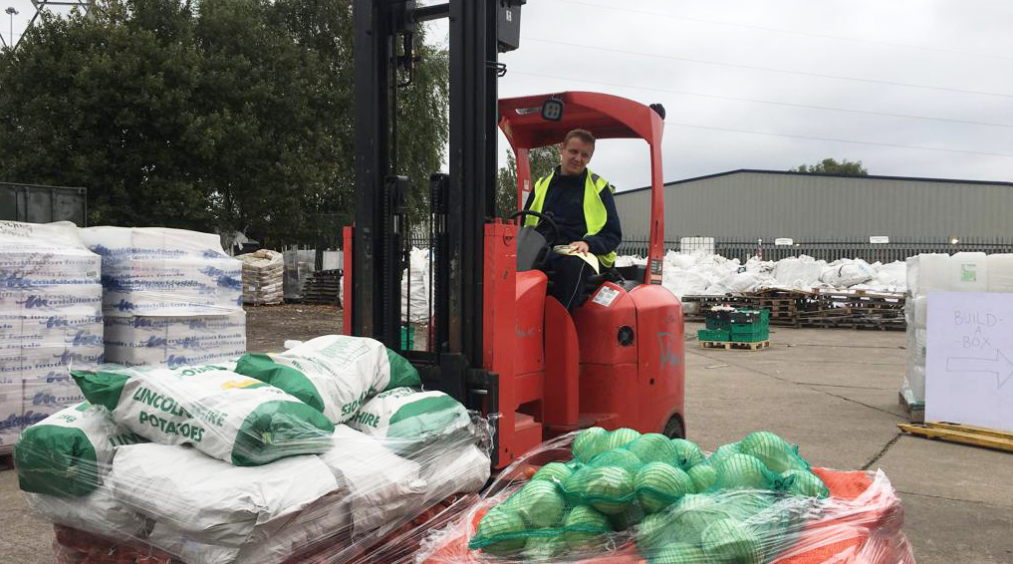
Adam Smith made a bid to end food poverty, while also trying to highlight the scale of food waste and its environmental impact. /CGTN
Adam Smith made a bid to end food poverty, while also trying to highlight the scale of food waste and its environmental impact. /CGTN
Eight years later, he's in a warehouse in the middle of an industrial area of Leeds, in northern England, single-handedly loading and unloading kilos and kilos of surplus food on a forklift, getting it ready to be sent to charities, food banks and wherever the food will be put to good use.
Adam is now the CEO of The Real Junk Food Project, the non-profit organization he founded in 2013. It was the first food-waste 'supermarket' in the UK, but it's so much more than that.
Through the organization, Adam collects surplus food from supermarkets and big chains and then resells it in food boxes, sends it to charities or uses it for pay-as-you-feel catering in wedding banquets and funeral gatherings. The pay-as-you-feel principle is that diners can contribute whatever they believe is a fair price for what they eat. When not fit for human consumption, Adam sends it to pig farms or uses it as compost.
In the Kindness Warehouse in Leeds, there are mountains of food, fresh and packaged: bags and bags of flour, rice, and pasta, bottles of spicy sauces, piles of cabbages, apples, and bread, shiny boxes of pretty pink cupcakes. If not for Adam, it would all be destined for the bin.
"We don't take donations of food, we intercept food that's going to waste, so that could be food that's had accidental damage, past 'Best-before,' or just surplus to requirements," Adam explains.
"We've got vehicles on the road at all times. We collect it from supermarkets, wholesalers, farms, hospitality, people's houses. We bring it here and then we weigh it, record it, control it. And then if it's fit for human consumption, we'll get it out and will feed people's bellies as quickly as possible."
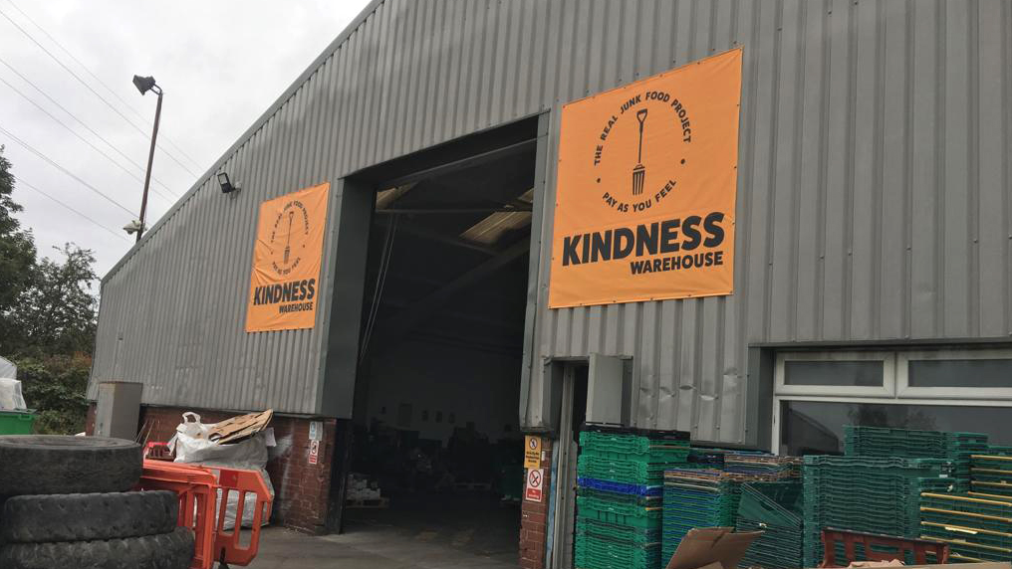
The Kindness Warehouse in Leeds, The Real Junk Food Project's headquarters. The organization also runs a grocery shop, cafes and a catering business. /CGTN
The Kindness Warehouse in Leeds, The Real Junk Food Project's headquarters. The organization also runs a grocery shop, cafes and a catering business. /CGTN
Since 2013, The Real Junk Food Project has saved 7,000 tons of food in seven countries. That's around 16.5-17 million meals saved from the bins in total. There are several cafes in the UK which, thanks to Adam, are now 'food waste cafes.'
Adam thinks that's a fantastic achievement - but not necessarily a mark of success.
"Success would be if we were no longer here," Adam says. "If I could close this warehouse and we could all work in a bank or a post office, I wouldn't have to do this.
"And I think far too many people in society would rather just carry on regardless until the end, really."
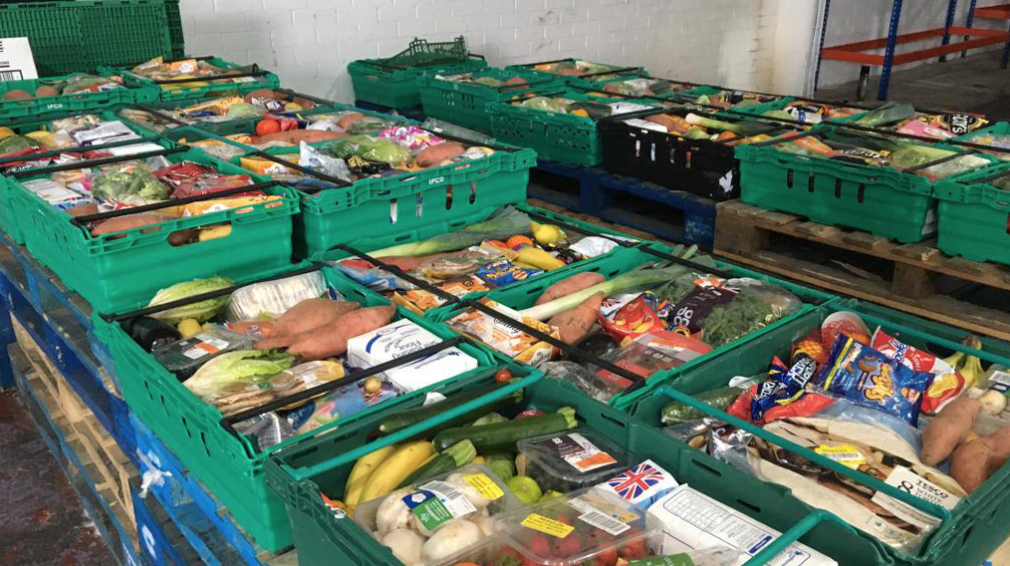
People can go visit the Kindness Warehouse in Leeds to purchase a box full of perfectly edible food that the supermarkets would have thrown away, at a bargain price. /CGTN
People can go visit the Kindness Warehouse in Leeds to purchase a box full of perfectly edible food that the supermarkets would have thrown away, at a bargain price. /CGTN
Adam has been to the UK Parliament several times to raise the issue of food waste with MPs.
"We spoke to politicians, I've been down to parliament, I've given evidence around the problem," he says.
"They don't care, really - the politicians. They shout about it when there's a camera in their face, but when it actually comes to it, there's not very much involvement in terms of what they do."
And Adam thinks that's true about most people. Many, since he has started The Real Junk Food Project, have taken the initiative to fight food waste in their own cafes, restaurants, and homes, but Adam believes the general tendency is to ignore the issue and carry on with business as usual.
"I think for me, the choices you have are to be part of the solution or be part of the problem," he says.
"And unfortunately, I don't think there's enough people who are part of the solution."
3
The camel that inspires people to clean up the beach
By Ross Cullen in Biarritz
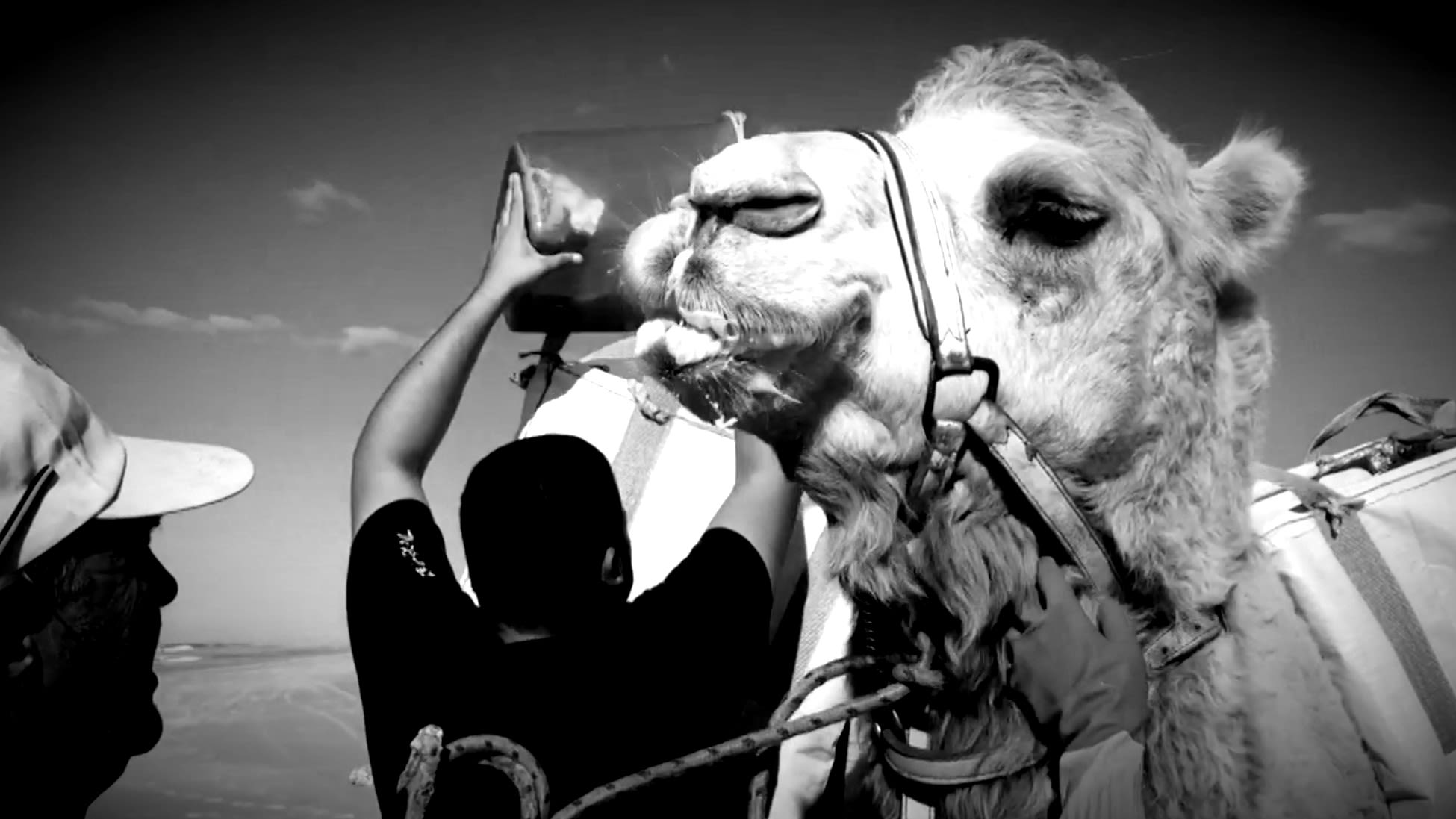

On any beach in south-west France, you might expect to see seagulls, seaweed and bathers dotting the sand.
What you wouldn't anticipate is a camel carrying bags of trash. But that is exactly what's happening on beaches just north of Biarritz.
Franck Doens and his camel Dino run a rubbish-collection project with volunteers, picking up the mostly plastic waste that washes up in some of France's most pristine places.
Franck created Camel'Idees de l'Atlantique (The Atlantic Camel Association) three years ago with the help of Dino, the most active volunteer. The group's goal is to collect residual waste washed up from the ocean.
Dino was born in a circus and Franck bought him when he was one. "We had such a great bond from the start. Within minutes we knew he would be the one to help us start this project. He would be our first volunteer."
Franck has lived locally for 40 years and has seen changes in the make-up of waste over that time as more and more single-use consumer litter started to appear. Three years ago he decided to do something about it and his idea was to make waste collection on the beach more eco-responsible and less mechanized.
"The type of waste that washes up has changed a lot," he says. "There was a time when we would find little tar balls and bigger waste. We wouldn't see the micro-particles of plastic we find now."
Dino's role in the clean-up is to carry the waste for the volunteers. "When their bag gets heavy, they come and drop their waste into Dino's bags," explains Franck. "That allows them to keep cleaning the beach."
The operation aims to keep the ecosystem healthy. "The problem here is the plastic," says Franck. "When it's not collected, it ends up breaking down into small pieces. That's when the main pollution happens. It's very hard to collect the plastic and it will go back into the ocean."
Franck is convinced the problem is bigger than just the way people discard their trash. "Every day we buy products we don't need. This overconsumption creates overproduction. Big companies produce more goods and inevitably use more energy and produce more CO2. That has a terrible impact on the environment."
He has had a positive reaction to his mission and plans to expand to use two or three camels and try to access parts of the beach where mechanized cleaning isn't being carried out.
"Today, we can monitor pollution levels on the shore via trash collection schemes like ours and also track it from boats," he says. "But we still don't know what's left in the ocean. The worst of it remains unknown."
4
The activists who took their government to court
By Toni Waterman in Brussels
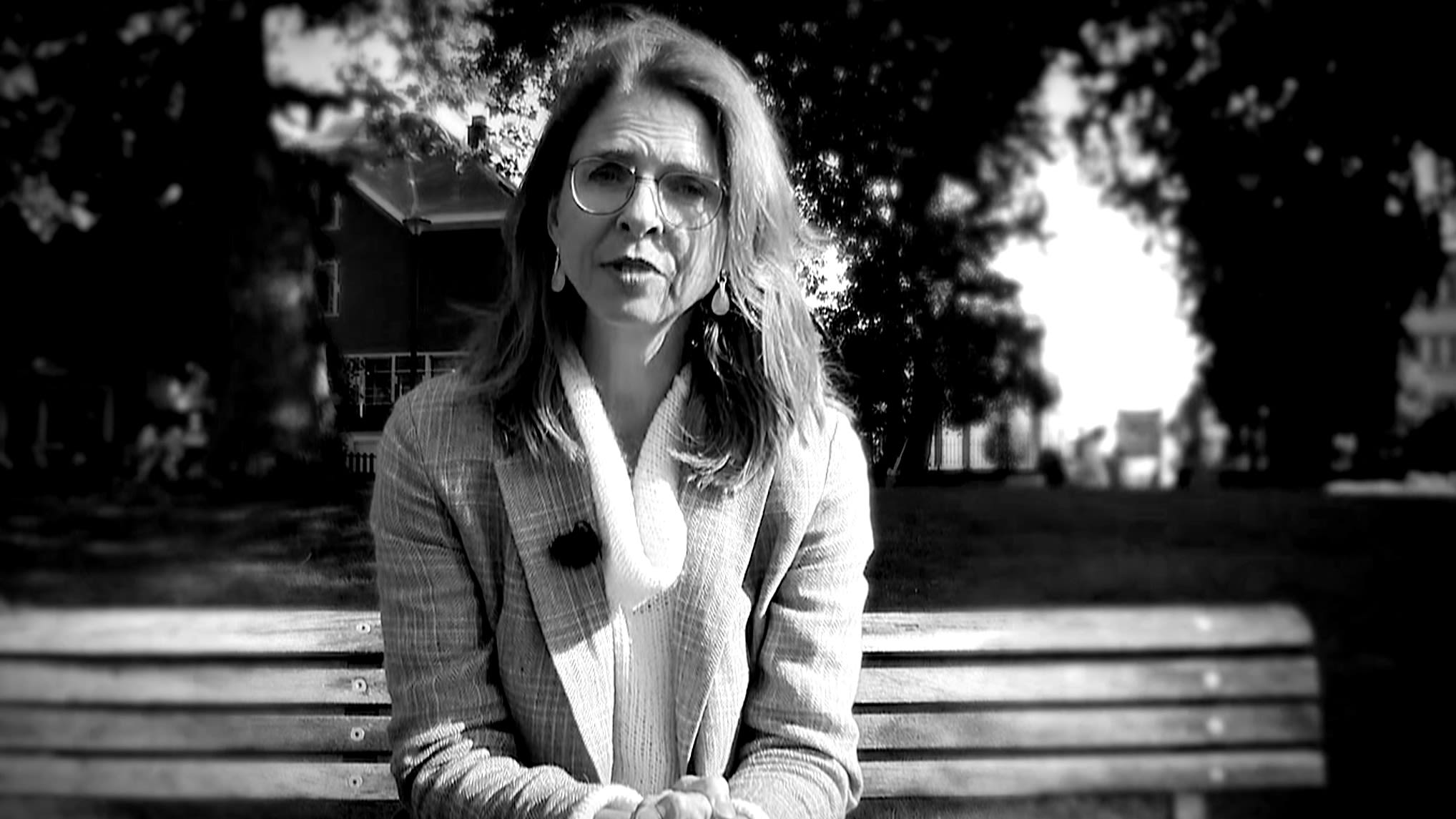

In December 2014, a group of 11 friends laid their climate change grievances at the feet of the Belgian government. In a formal notice, they accused officials of lacking an ambitious climate policy and demanded that the three regional and federal governments fulfill their responsibilities to reduce Belgium's greenhouse gas emissions by 40 percent by 2020 compared with 1990 levels.
Unsatisfied with the results of roundtable discussions with ministers, they launched a lawsuit in 2015, and the Belgian Climate Case was born.
"If you look at the facts, it was quite obvious that we would win," said Francesca Vanthielen, one of the founders of the Climate Case. "It's not that the government didn't take any action. They did, but... there was just a flatline. So that means they didn't do the change drastically enough.”
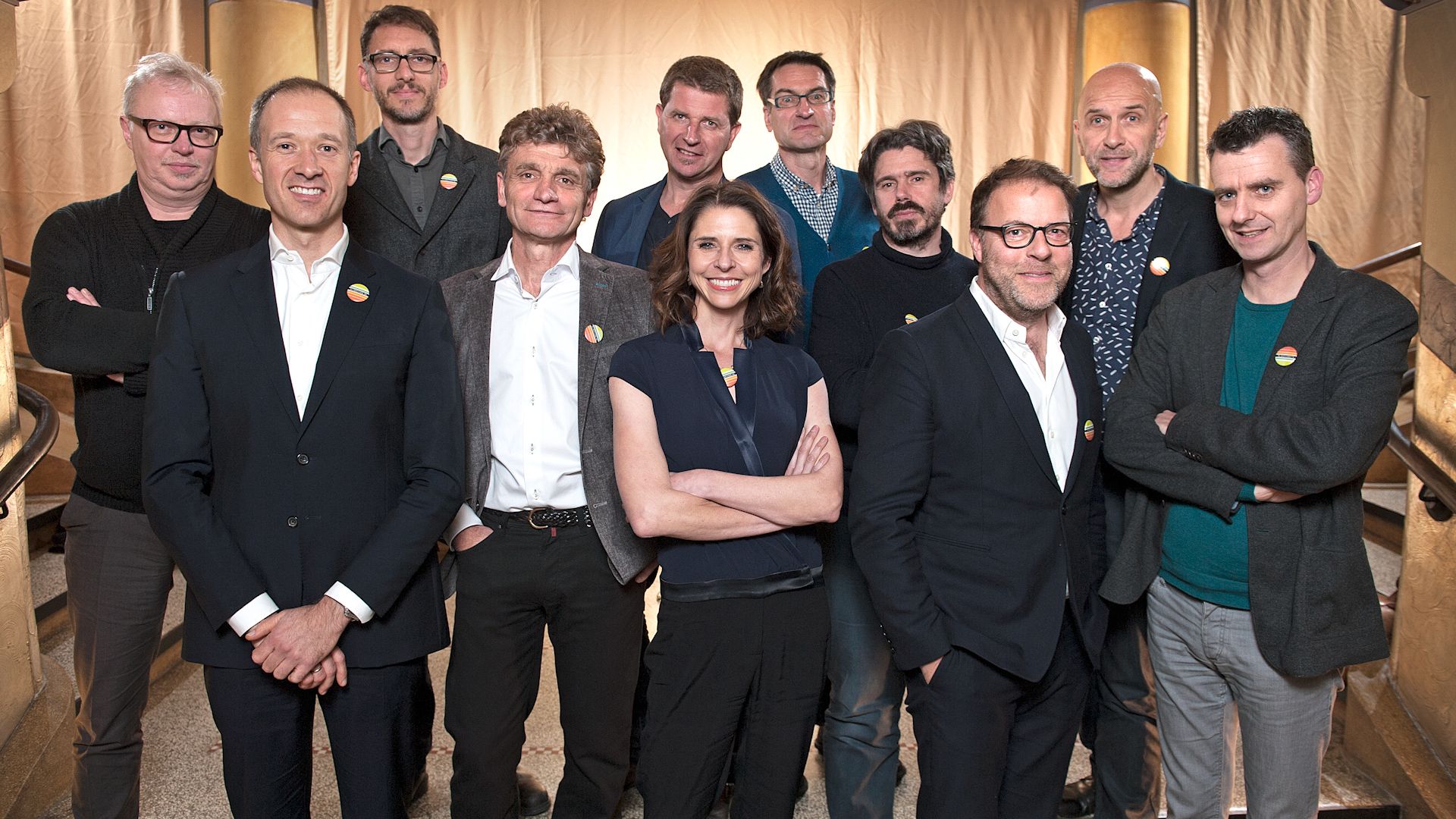
The original founders of the Belgium Climate Case, with Vanthielen (center), who sued the government for not doing enough to tackle climate change. /Klimaatzaak
The original founders of the Belgium Climate Case, with Vanthielen (center), who sued the government for not doing enough to tackle climate change. /Klimaatzaak
Some 58,000 people eventually signed on as co-claimants to the Climate Case by the time it hit the courts in March 2021. In July, the judges agreed with them, ruling that the governments were not "prudent" or "diligent" enough in pursuing climate policy. It also said officials had infringed on citizens' human rights.
"In pursuing their climate policy, the defendants infringe the fundamental rights of the plaintiffs, and more specifically Articles 2 and 8 of the ECHR, by failing to take all necessary measures to prevent the effects of climate change on the plantiffs' lives and privacy," the ruling from the Court of First Instance of Brussels said.
The landmark Dutch ruling
Courtrooms have become the next battleground for climate activists, who increasingly see the judicial system as a powerful tool to effect change.
Many, including activists in Belgium, have drawn inspiration from the 2015 climate case in the Netherlands, where lawyer Roger Cox along with 900 Dutch citizens sued the government for its inaction on climate change.
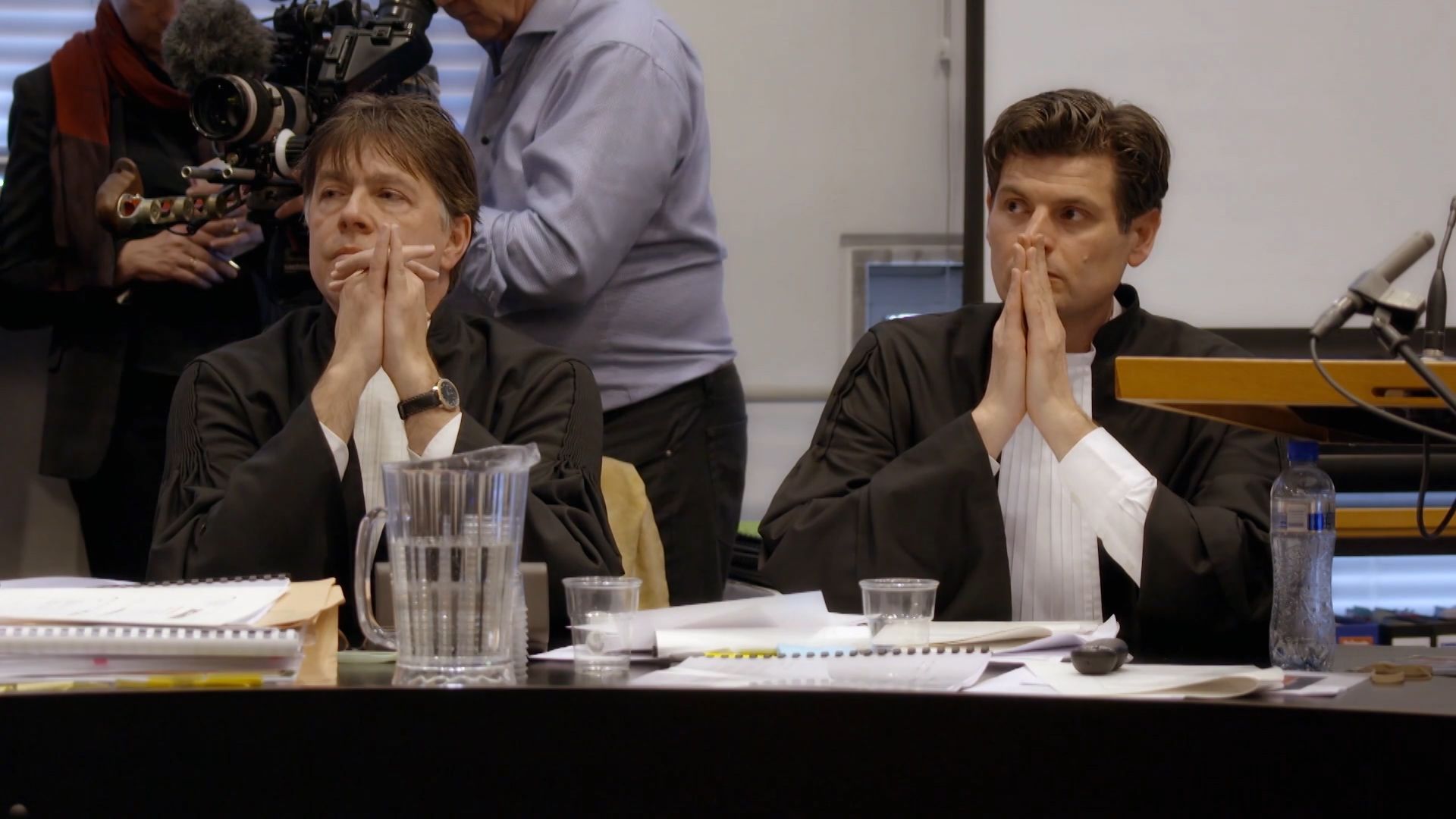
Dutch lawyer Roger Cox (R) along with 900 Dutch citizens sued the government in the Netherlands for its inaction on climate change in 2015. They won in a landmark ruling, which forced the Dutch government to increase its carbon-cutting targets. /Nic Balthazar
Dutch lawyer Roger Cox (R) along with 900 Dutch citizens sued the government in the Netherlands for its inaction on climate change in 2015. They won in a landmark ruling, which forced the Dutch government to increase its carbon-cutting targets. /Nic Balthazar
In a landmark ruling, a judge required the government to cut greenhouse gas emissions more dramatically than it was intending.
"We wanted to do exactly the same thing because we thought it could become a domino effect," said Francesca. "If they won, and we won, it would be duplicated in other countries and it would make a big change.”
Similar cases have sprung up in Ireland, Germany, the United States and Columbia. Not all of them have proven successful, but the cases that have been won could influence legal arguments and set precedents that may help future litigants.
5
The Hungarian 'tree commando' helping create a greener Budapest
By Penelope Liersch in Budapest
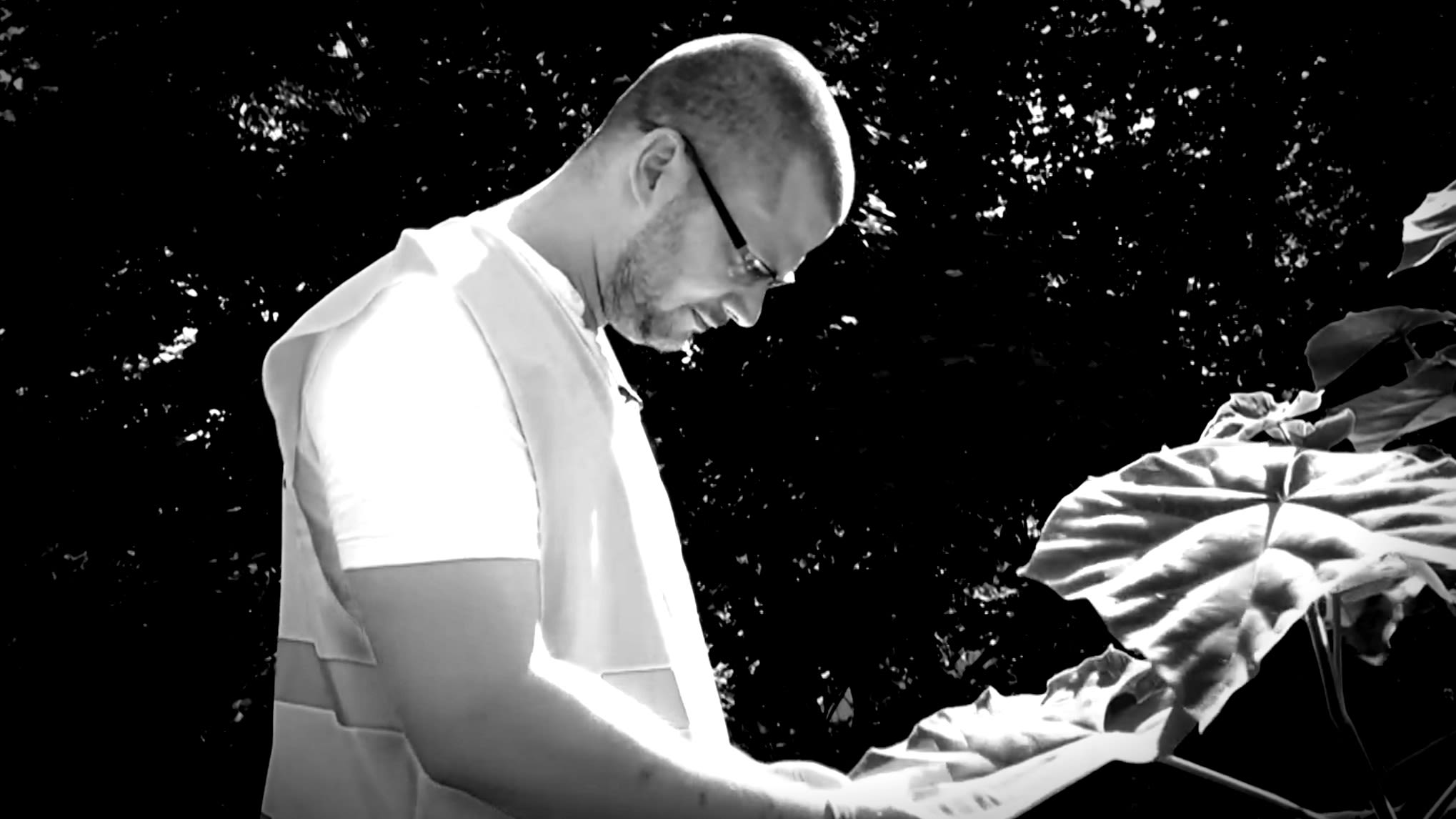

Around the globe, environmental heroes are taking on climate change in their own backyard, hoping to have a much broader impact. One of these people is Andras Gyorfi, 38, a self-styled "tree commando," who is leading a tree-planting initiative in Hungary's capital Budapest, bringing people together to change their environment through social media.
He has always been passionate about trees, so it was perhaps a natural move when, in December 2020 during the lockdown, he decided to start a Facebook group called 'Tree Commando.'
Within a few weeks, 400 to 500 members joined and together they have been working with local municipalities planting trees.
"I've personally planted a few hundred trees in my lifetime and the Tree Commando Facebook group has planted a few dozen trees right now but we also took care of a few hundred trees all around Budapest," says Andras, adding "this is how we fight against climate change."
He has his own favorite trees. The Paulownia, from China, is traditionally planted when a daughter is born, and then used to make furniture when they get married – although "of course I hope this tree will not be cut down for a few decades."
Another favorite is California's giant sequoia, which "can live up to 1,000 years and in some cases probably up to 3,000 years. The General Sherman tree, the biggest living organism on Earth, is way over 100 meters tall, so they grow like crazy.
"I believe the best way to fight climate change is to plant trees where the carbon emissions are the greatest problem. In urban areas, you know, because if you go out to the woods you have a lot of trees and nice air and so on, but in urban areas where most cars are going around us as you can see right now, too, it's crucial to maximize the amount of trees."
His message to the leaders who attended COP26 in Glasgow and will be taking on the mission to help combat climate change is that they have to introduce drastic measures, such as a quota on the amount of miles anyone can travel annually.
He also says "a lot of devices that are completely useless should be banned, for example, the drying machine – your clothes are going to dry perfectly if you just hang them out in the living room."
He also wants to encourage others to join groups like his and spare a few hours each weekend "to do something good for your environment."